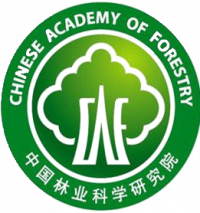分享到
Near-Chromosome-Level Genome Assembly of the Dark Septate Endophyte Laburnicola rhizohalophila: A Model for Investigating Root-Fungus Symbiosis
2021
期刊
Genome Biology and Evolution
- 卷 13
- 期 3
- Oxford University Press (OUP)
- ISSN: 1759-6653
- DOI: 10.1093/gbe/evab026



